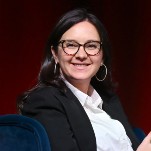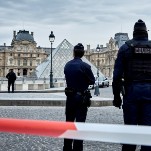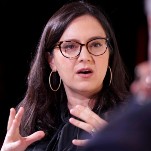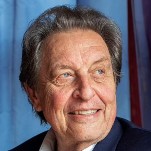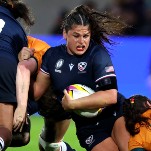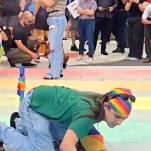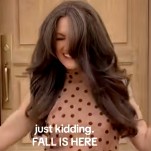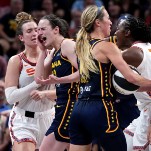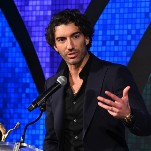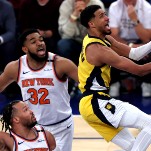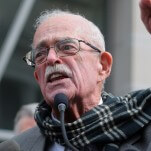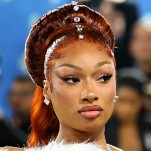Unpacking Cinematographer Ari Wegner’s Vision and ‘The Power of the Dog’
The director of photography is only the second woman to be nominated for a Best Cinematography Oscar
EntertainmentMovies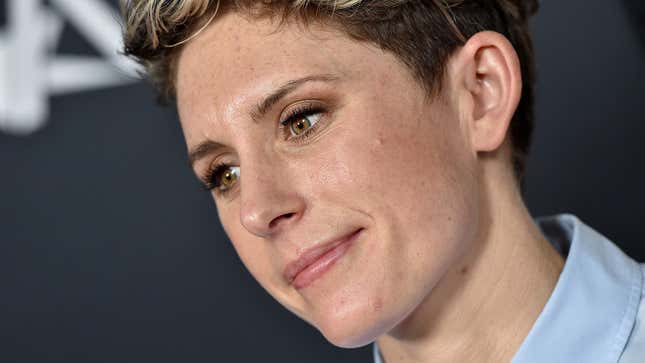

When this year’s Academy Awards nominations were announced, Ari Wegner became only the second woman to be nominated in the Best Cinematography category for her lens work on the Jane Campion frontrunner The Power of the Dog. (Mudbound’s Rachel Morrison was the first in 2018.) How does Wegner feel about the achievement? It’s complicated.
“I’m just really happy, I guess. I’m really proud of what we made,” said Wegner in a Zoom conversation with Jezebel this week about her nomination. But! “You think about it deeply and it’s slightly depressing,” Wegner continued, regarding being only one of two women nominated in a category that’s almost 100 years old. “But then, it’s progress, so I don’t know what you call that.”
Putting aside the question of whether women behind the camera are being adequately recognized for their work (they most certainly are not), there aren’t a lot from the academy to choose from in its honoring. Center for the Study of Women in Television & Film quotes a Celluloid Ceiling study by Dr. Martha M. Lauzen, which found that between the years of 1998 and 2019, the percentage of women cinematographers grew a measly point—from 4 percent to 5 percent in 22 years. Despite women’s accomplishments in the field (Ellen Kuras shot classics like Eternal Sunshine of the Spotless Mind and Bamboozled, Maryse Alberti did The Wrestler and Creed, Charlotte Bruus Christensen did A Quiet Place, among several examples), they remain nonetheless rare. Wegner has some theories as to why.
“I think what it really is a lack of is that kind of visibility,” said Wegner. “I think there are actually a lot of women who are DPs [directors of photography—a term often used interchangeably with ‘cinematographers’]. It just like at a certain level that is a kind of assumption that for really big movies, if you want to like a proper cinematographer, you’re going to get a dude… There’s kind of a ceiling.”
-

-

-

-

-

-

-

-

-

-

-

-

-

-

-

-

-

-

-

-

-

-

-

-

-

-

-

-

-

-

-

-

-

-

-

-

-

-

-

-



